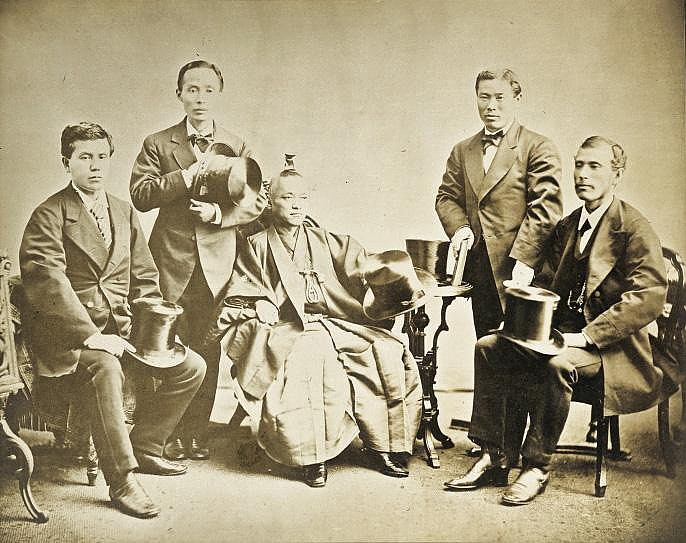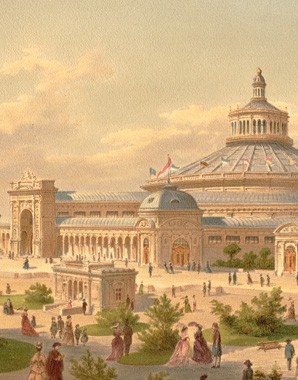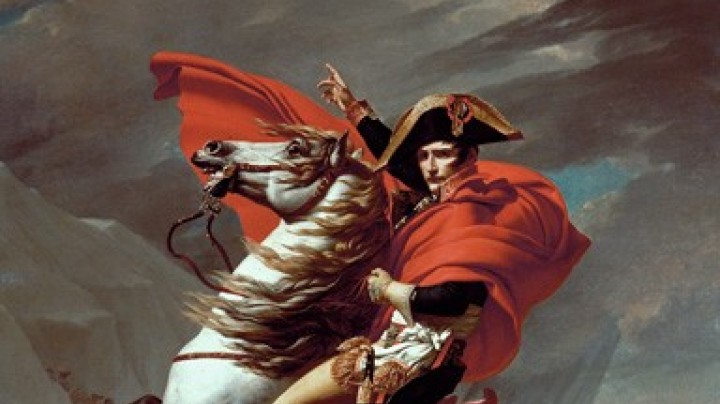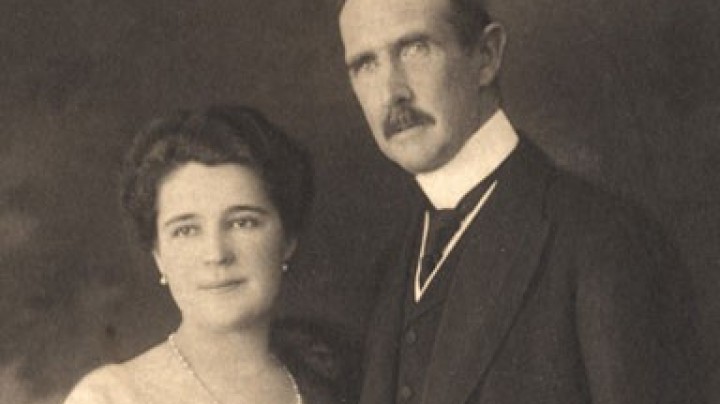The Iwakura Mission 1871/73 – the Japanese in Europe
High-ranking statesmen from Japan set out for America and Europe in 1871. This special diplomatic mission, also known as the Iwakura Mission, was a highly political venture and included almost half the Japanese Government among its members.
Named after Iwakura Tomomi, the head of the Japanese government, the mission began in 1871 in the USA, continuing on to London, Paris, Brussels, Stockholm, Rome, Vienna and Switzerland. The Japanese delegation was interested in Western industry, in the institutions of public life and educational establishments. The aim of this expedition was to modernize the Japanese economy and culture along Western lines and thus help it to catch up with the countries it was visiting. After the Iwakura Mission of 1873 the Japanese government did indeed succeed in forging links with the Western powers. A detailed record was kept of the journey and notes were taken on the art, culture, politics, society and history of the countries visited. For example, the delegation meticulously recorded the smoothness of the Viennese cobblestones, the width of the streets and even the number of books in the libraries.
The delegation was very impressed by the imperial capital, Vienna. Even the journey on the Simmering railway to Vienna was recorded in glowing terms:
"Where outcrops stood in the way tunnels had been cut through and the railway line emerged at the other side. One felt as though one were entering a sleeping dragon’s jaws. When the line reached a gorge between two precipices, lofty bridges had been built. One felt as though one were passing between two crouching tigers."















